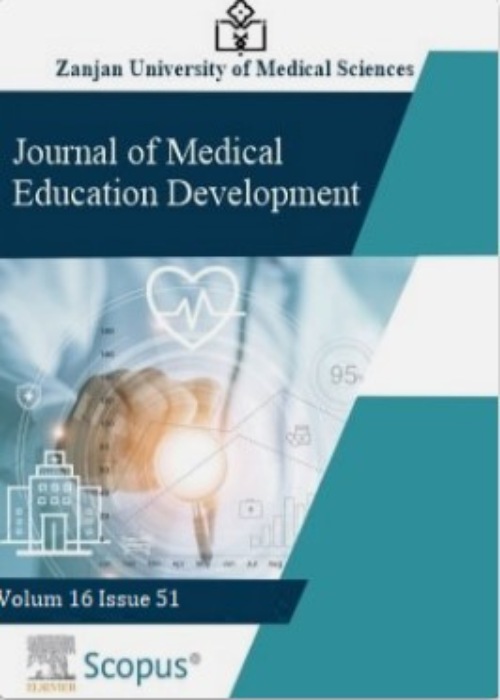The Dr. Fox effect: A Double-Edged Sword?
Dear Editor
Evaluating faculty performance is essential for promoting effective education in academic environments. This process faces significant challenges due to factors such as the diversity of faculty roles, the subjectivity of evaluations, and potential biases (1). Various evaluation methods have been developed to address these challenges, including administrator observations, student academic progress, teacher portfolio, self-evaluation, and peer- and student evaluation (2). However, controversies still arise from differences in the evaluation process, attitude and characteristics of raters, methods, and tools used in the evaluation process (3, 4). To overcome these challenges and provide a more comprehensive picture of teacher performance, studies suggest using multiple evaluation methods simultaneously, which can reduce errors and increase the validity and reliability of the collected results during the evaluation process (1).
Students and peers play a significant role in evaluating professors' performance (2). There are two main perspectives regarding student evaluations of professors: (a) student evaluations are essential for the official faculty evaluation process, as students have direct experience with the professor's knowledge, skills, and teaching abilities; (b) faculty tenure and promotion committees should not rely solely on students' opinions, as students might favor more popular professors who focus on entertaining rather than educating (5). It is important to note that younger students may focus on the personal traits of professors instead of their actual performance, leading to a halo effect in teacher evaluations. This effect can also be seen in peer evaluations, as personal relationships may influence the evaluation scores (6-8). This cognitive bias, the halo effect, affects evaluations by students and peers, and can be considered as the "Dr. Fox Effect."
The Dr. Fox Effect, first identified by Naftulin et al. in 1973, occurs when a charismatic speaker despite delivering low-quality content, receives high evaluation scores. In their study, a professional actor, Myron Fox, posed as an invited professor and delivered a lecture filled with contradictory statements, fake words, and irrelevant content. Surprisingly, he received high scores from the audience, who were unaware that it was an experiment (9). Later studies addressing the initial study shortcomings confirmed the Dr. Fox Effect. These studies found that an engaging speaker using enthusiasm, varied voice and tone, humor, and other teaching techniques could create a halo effect on evaluation scores, even when the content quality is poor (10-12).
Students and peers are essential resources in the faculty member evaluation process, and to prevent the "Dr. Fox effect," an appropriate evaluation tool is required. Additionally, it is recommended to educate faculty members through faculty development programs and inform students about the Dr. Fox effect as a prerequisite to the faculty member evaluation process. Professors should aim to deliver their content expressively without compromising quality. In this regard, we offer four types of content coverage and teacher expressiveness (Table. 1): Type A represents the best mode, in which the professor presents high-quality content with engaging expressiveness. Type B occurs when the professor is an expert in the relevant content but has weak expressiveness. Type C (Dr. Fox Effect) refers to situations where the professor presents poor content with engaging expressiveness. Lastly, Type D represents the worst possible mode for the teacher, which consists of both vague content and weak expressiveness.
Table. 1. Four types of content coverage and teacher expressiveness
Rich Content Coverage
Poor Content Coverage
Strong Teacher Expressiveness
Type A
Type C (Dr. Fox Effect)
Weak Teacher Expressiveness
Type B
Type D
In conclusion, it is essential for faculty and student development programs to educate stakeholders about the Dr. Fox Effect. The faculty promotion and recruitment committees should consider teacher expressiveness, content knowledge proficiency, and the potential impact of the Dr. Fox Effect when making decisions about teacher promotion, tenure, and recruitment policies.
- حق عضویت دریافتی صرف حمایت از نشریات عضو و نگهداری، تکمیل و توسعه مگیران میشود.
- پرداخت حق اشتراک و دانلود مقالات اجازه بازنشر آن در سایر رسانههای چاپی و دیجیتال را به کاربر نمیدهد.



